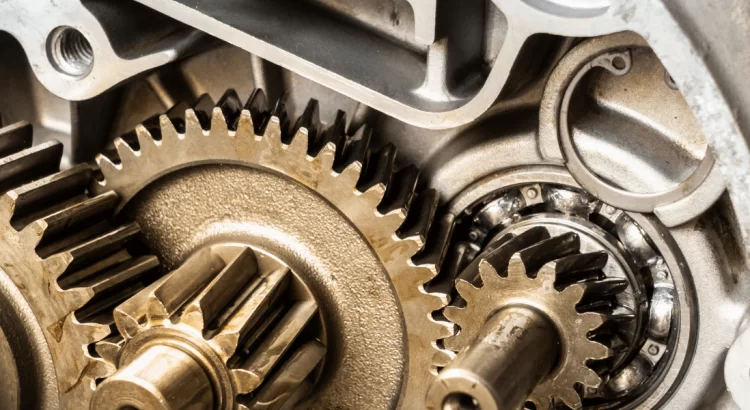Mobile:+86-311-808-126-83
Email:info@ydcastings.com
automobile oil pan
The Importance and Function of the Automobile Oil Pan
In the intricate world of automotive engineering, every component plays a vital role in ensuring the vehicle operates smoothly and efficiently. One such crucial component is the oil pan. Often overlooked and underappreciated, the oil pan is essential for maintaining the health of an automobile's engine.
What is an Oil Pan?
The oil pan, also known as the sump, is a reservoir located at the bottom of an engine where motor oil collects after circulating through the engine. It serves as a storage unit for oil and is typically made of steel or aluminum. The design of the oil pan has evolved over the years, with modern vehicles featuring more sophisticated, lightweight, and corrosion-resistant materials.
Function of the Oil Pan
The primary function of the oil pan is to hold the engine oil, allowing it to lubricate the engine components. Lubrication is crucial because it reduces friction between moving parts, which minimizes wear and tear and prevents overheating. The oil pump circulates oil from the pan to various engine parts, including the crankshaft, camshaft, and piston rings, ensuring they operate smoothly and efficiently.
Moreover, the oil pan allows for oil to settle after it has been used. This settling process enables the oil to cool down and allows contaminants to settle to the bottom of the pan. The oil can then be filtered and reused, enhancing the engine's lifecycle and performance.
Additional Functions
In addition to storing oil, the oil pan plays a role in several other functions
automobile oil pan

1. Cooling As engine oil circulates, it absorbs heat from the engine. The oil pan helps dissipate this heat, contributing to the overall cooling mechanism of the engine.
2. Structural Support The oil pan provides structural integrity to the lower part of the engine, helping to hold various components in place and protecting them from debris and impact.
3. Sound Dampening The design of the oil pan can also help dampen engine noise, contributing to a quieter ride.
Maintenance of the Oil Pan
To ensure the oil pan functions effectively, regular maintenance is essential. This includes checking for leaks, which can lead to oil loss and potential engine damage. Common signs of oil pan problems include oil spots on the ground where the vehicle is parked or a drop in oil levels.
If a leak is suspected, it is crucial to have it inspected promptly. Repairing or replacing a damaged oil pan can prevent more extensive and costly engine repairs down the line. Regular oil changes are also essential, as dirty or degraded oil can lead to engine wear and tear, reducing the efficiency of the lubrication system.
Conclusion
The oil pan may be a small component in the vast machinery of an automobile, but its importance cannot be understated. It plays a central role in lubrication, cooling, and protection of the engine, ensuring that it runs smoothly and efficiently. Understanding the function and importance of the oil pan allows drivers and car enthusiasts to appreciate the engineering marvels of modern vehicles. Regular maintenance and care of the oil pan and oil system can significantly extend the life of the engine, highlighting the need for awareness and proactive measures in vehicle maintenance. As with many aspects of car care, neglecting the health of the oil pan can ultimately lead to more significant problems, underscoring its vital role in automotive functionality.
-
Why Should You Invest in Superior Pump Castings for Your Equipment?NewsJun.09,2025
-
Unlock Performance Potential with Stainless Impellers and Aluminum End CapsNewsJun.09,2025
-
Revolutionize Your Machinery with Superior Cast Iron and Aluminum ComponentsNewsJun.09,2025
-
Revolutionize Fluid Dynamics with Premium Pump ComponentsNewsJun.09,2025
-
Optimizing Industrial Systems with Essential Valve ComponentsNewsJun.09,2025
-
Elevate Grid Efficiency with High-Precision Power CastingsNewsJun.09,2025











